Glechoma hederacea
A weedy European mint with attractive purplish flowers
Glechoma hederacea ground ivy
It may be considered a weed by most, but is nevertheless an attractive flower if viewed close up. This common species of trailing mint was introduced to North America from Europe as a medicinal herb and now grows in every state except three in the desert southwest. It is a creeping, ivy-like plant with aromatic scalloped roundish, heart or kidney-shaped leaves, often with a purplish tint. These leaves occur in pairs and are downy with prominent veins. They are often evergreen. The creeping stem with ascending branches can grow up 4-16 inches high from a horizontal stem.
Like most members of the mint family this plant has a square stem. The nodes on the stem may have a row of white, fringed hairs. The trumpet-shaped flowers are blue-violet and grow from the leaf axils. Each is about 1.5 inches long. The corolla is 2-lipped with the lower lip 3-lobed with purple spotting. The upper lip is notched. There are 4 stamens that do not protrude or only protrude a little. Some flowers are only female, while others contain both male and female parts. The female flowers tend to be smaller. The fruit is a nutlet. Each flower can produce four seeds that, in some cases, may be distributed by ants.
It is a very common plant found in any disturbed ground along roadsides or in lawns, in sunny or partially shaded locations. The size of the plant varies considerably with growing conditions. It blooms almost continuously from March through July in all parts of North America. The plant readily roots from stem nodes and can spread rapidly by this means. It is considered a weed in many areas and is difficult to eradicate once it is established. If used as a garden ground cover, be aware that it will soon take over the entire area.
The common name “gill” comes from the French word “guiller” which means to ferment. This is because the leaves were once used to help ferment or to flavor beer in place of hops. The leaves have been eaten as a salad green and they have been used to make a herbal tea. Herbalists promote Ground ivy as a treatment for a variety of ailments. The plant, however, contains known toxins and this raises some questions about its safety for human consumption. It is reported to be toxic to horses and cattle. The plant is very sensitive to boron and can be controlled by applying solution of borax.
Habitat & Range
Grows in fields, along forest edges and roadsides.
Present throughout the state.
Range: Found in every state except three in the desert southwest.
| EMP: | FACU |
|---|---|
| NCNE: | FACU |
Phenology
Flowers several times throughout the season, from late March to July.
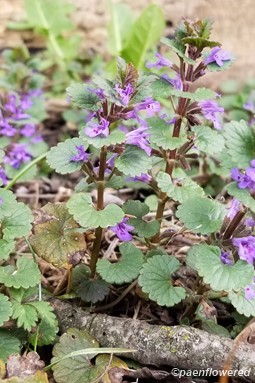
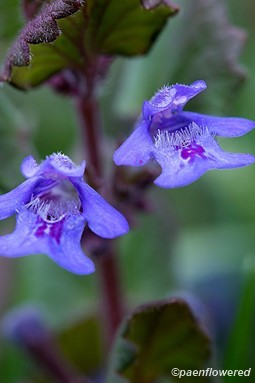

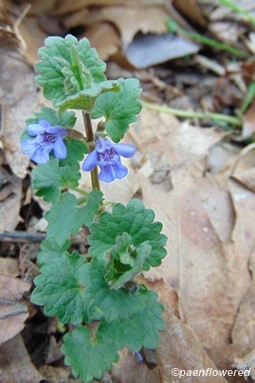
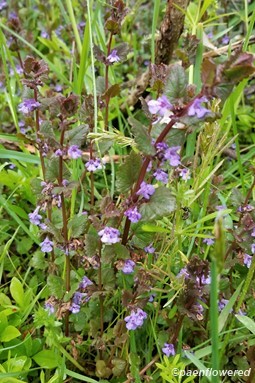
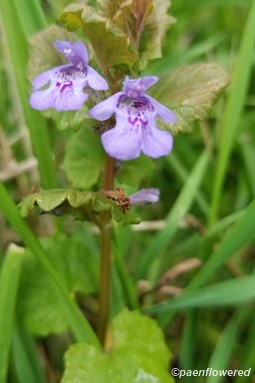

Comments
Have you spotted this plant in your area? We'd love to hear about your experience! Share your comments or questions about the plant below. Comments are moderated before posting.